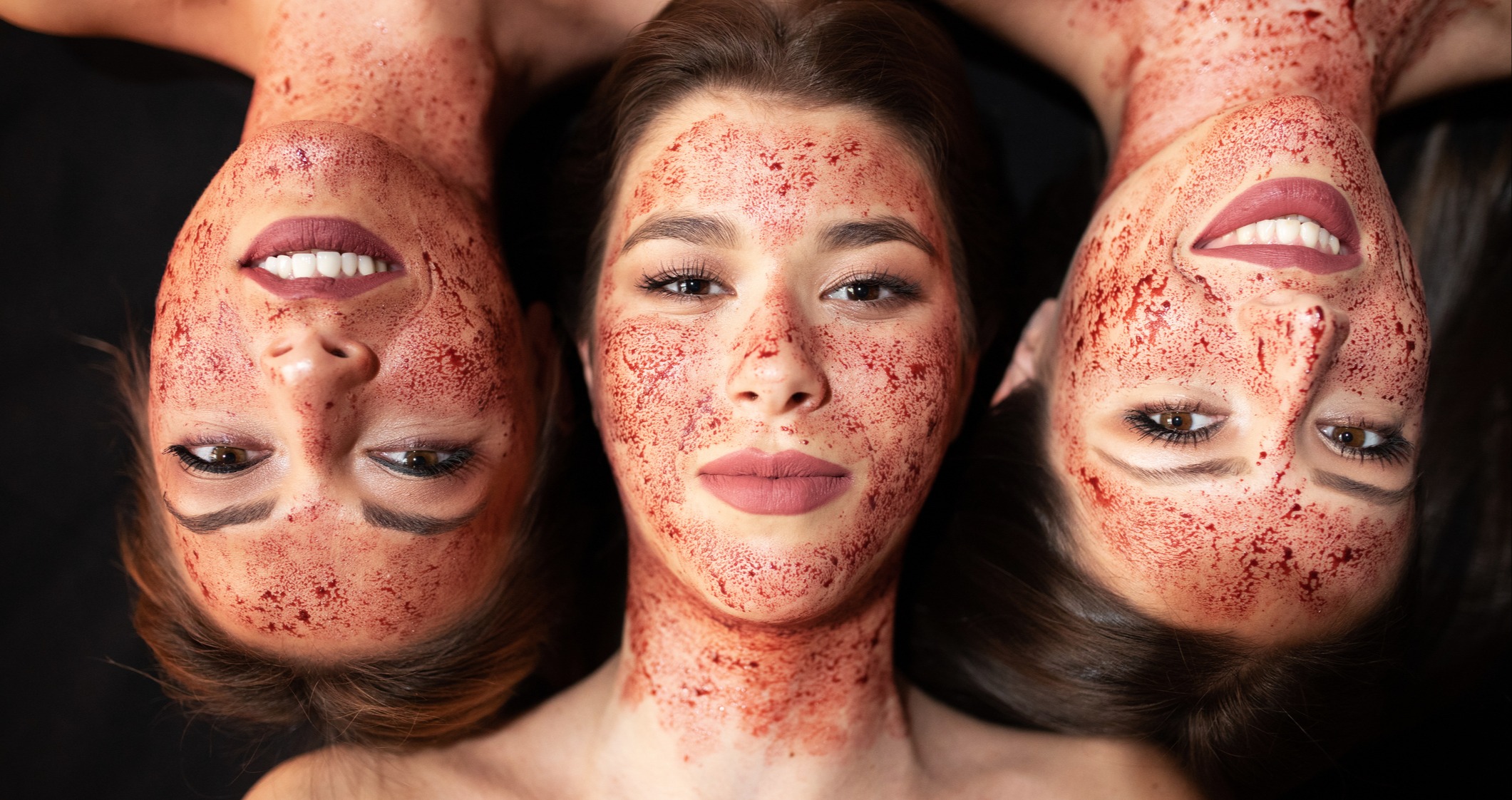A trendy facial treatment gave patients HIV
MDlinx May 02, 2024
The Centers for Disease Control and Prevention (CDC) this April released a report this April detailing the first known cases of HIV transmitted via cosmetic injections. The report provides the outcome of an investigation—which began in 2018—into HIV transmission risks associated with vampire facials performed at a New Mexico med spa. Three women who used spa services during this time contracted the virus. According to the report, the women were not found to have had contact with one another or other known sources of HIV transmission.
Bendix A. CDC describes first known cases of HIV transmitted via 'vampire facial' injections. NBC News. April 25, 2024.
Stadelman-Behar AM, Gehre MN, Atallah L, et al. Investigation of Presumptive HIV Transmission Associated with Receipt of Platelet-Rich Plasma Microneedling Facials at a Spa

“Evidence suggests that contamination from an undetermined source at the spa during spring and summer 2018 resulted in HIV-1 transmission to these three patients,” the CDC report states.
Stadelman-Behar AM, Gehre MN, Atallah L, et al. Investigation of Presumptive HIV Transmission Associated with Receipt of Platelet-Rich Plasma Microneedling Facials at a Spa
In its investigation, the CDC identified additional spa clients who tested positive for HIV; however, the agency notes that not all cases appeared to be linked to the services. The CDC also reports having tried to contact former spa clients to warn them of infection risks and encourage them to seek blood testing. Testing events were advertised in client communities.
“This investigation underscores the importance of determining possible novel sources of HIV transmission among persons with no known HIV risk factors,” the report states. “Requiring adequate infection control practices at spa facilities offering cosmetic injection services can help prevent the transmission of HIV and other bloodborne pathogens. Maintenance of client records could facilitate investigations of suspected transmission at such facilities.”
Stadelman-Behar AM, Gehre MN, Atallah L, et al. Investigation of Presumptive HIV Transmission Associated with Receipt of Platelet-Rich Plasma Microneedling Facials at a Spa
Incomplete spa client records complicated the investigation, according to the CDC.
Stadelman-Behar AM, Gehre MN, Atallah L, et al. Investigation of Presumptive HIV Transmission Associated with Receipt of Platelet-Rich Plasma Microneedling Facials at a Spa
Vampire facials
Vampire facials, also known as platelet-rich plasma (PRP) facial treatments, are microneedling procedures that involve taking blood from and giving blood to a person. Kristopher M. Day, MD, FACS, a plastic surgeon who also trained in nonsurgical rejuvenation procedures, explains that “vampire facials involve drawing a small amount of the patient's blood, processing it to concentrate the platelets, and reinjecting this into the facial skin.” While they can look gory, PRP facials are supposed to “stimulate natural healing factors that promote skin rejuvenation,” Dr. Day says. What’s more, they have not been found to cause HIV infection risks—until now.
Health risks of vampire facials
All blood used in vampire facials is taken from the client receiving the procedure, so they ideally should not be at risk of developing an infection from someone else. However, risks can, and do, exist.
For starters, unsterile equipment can pose risks of many infections.
Shlomo Widder, MD, a plastic surgeon at Widder Plastic Surgery, says that the safety of vampire facials “predominantly hinges on stringent sterile protocols to prevent infection risks.”
“It's crucial that the procedure be performed under aseptic conditions to minimize any risk of bacterial or viral contamination,” Dr. Widder adds. In his plastic surgery practice, he adds, he uses “hospital-grade sterilization techniques and highly skilled professionals trained in these specific procedures to mitigate these risks effectively.”
Dr. Day agrees that sterilizing equipment cannot be ignored. “The key to safety lies in the sterile technique and proper handling of all materials used,” he says. “At my clinic, we mitigate these risks by adhering to strict medical standards. For instance, all equipment is sterilized and the environment is controlled to reduce the possibility of contamination. Moreover, professionals handling the procedure are extensively trained in these specific techniques.”
While it is unclear exactly what went wrong. the New Mexico spa was operating without a license and proper safety measures.
If patients are seeking this treatment, it can be a good idea to warn them about possible risks. Educating patients on the importance of seeking services from a licensed spa or provider can also help reduce risks.
“It’s crucial for anyone considering this treatment to consult with a board-certified practitioner who can assess individual suitability and explain the procedure's risks and benefits clearly,” Dr. Day says.
-
Exclusive Write-ups & Webinars by KOLs
-
Daily Quiz by specialty
-
Paid Market Research Surveys
-
Case discussions, News & Journals' summaries